I woke to a clear 47º morning, ate breakfast at the motel, checked out then went out to the Mitchell Lake Audubon Center, where I was greeted by an Angel! Angel Poe, the Center’s Education Specialist, who let me know about the trails and what birds were being seen in the area. I happily paid the $5 admission fee before walking the loop trail around Bird Pond.
I flushed a covey of Bobwhite quail, but couldn’t get a camera shot of the little speedsters. Returning to the Center, I drove around a couple of the polders, looking for a Solitary Sandpiper, a species which I have somehow missed during this year’s journeys. I “dipped” on the search, but did get an eye on a Sora, which - of course - flew and disappeared in the vegetation before I could grab the camera.The spiders don’t move as fast. The black-and-yellow argiope spider (Argiope aurantia) is quite attractive and one of the more conspicuous species of Texan orb weaving spiders.Since I’m out of my ‘back yard’, I’m constantly intrigued by the vegetation of Texas, which is so different to that of my Pacific Northwest home. It’s always a kick to check out the plant life while looking for birds.As in much of the South, the “ball moss” is the “air plant” on the trees here. This is Tillandsia recurvata, a member of the Bromeliad family. The species is an epiphyte, not a parasite. It draws no nutrition from the tree, just uses it as a place to live. Southerners are used to another Bromeliad in this genus: Spanish Moss (T. usneoides). Most of us “northerners” are at least familiar with another Bromeliad: The Pineapple!The Retama (Parkinsonia aculeata) is sometimes called by the common name Jerusalem Thorn, which does not refer to the Middle Eastern city but is rather a corruption of the Spanish and Portuguese word girasol, meaning "turning toward the sun."
I thought I’d found a ‘feral’ plant of garden sage, but discovered that it was instead the Texas sage or Rain Sage (Leucophyllum frutescens). Cenizo “ashen” is a Spanish reference to the silvery leaf color. It looks very much like the commercial plant, but is in a different genus, and can be used to make a tea.I am amazed at the number of species of Acacia - here in the U.S. and world-wide - and was puzzling over this one. It is “Sweet Acacia”, more commonly known in Texas as Huisache. The plant used to be in the Genus Acacia but recent taxonomic investigations refer to it as Vachellia farnesiana.
This shrub is not dead; its leaves are deciduous and absent for much of the year, leaving the shrub a naked thicket of gray twigs coated in waxy whitish hairs. The ends of the twigs taper into sharp-tipped thorns. It’s called Lotebush (Ziziphus obtusifolia).
The Christmas cholla (Cylindropuntia leptocaulis) is a cactus, different to the Schlumbergera “Christmas cactus” sold in the stores. Also known as Tasajillo, it has thin, brittle stems like a pencil, and colorful winter fruit like red ornaments, provides nesting sites for Cactus Wrens, and its fruit is a good food source for birds and other small animals.Afterwards, I drove along the polders and ponds until early afternoon & headed into town. I had grown up reading the story of the Alamo, although I never had a ‘coonskin cap. Since I was in town, I determined to visit and learn a bit about it. I parked across from the Scottish Rite Library and Museum, which - since it was a Sunday - was not open when I stopped. Next time I’m in town, I’d love to visit the museum.
The famous battle of the Alamo in San Antonio de Béxar took place in 1836, during the fight of the Texians and Tejanos to divest themselves of Mexican rule. The story of the battle has suffered from the hubris and mythology of the Texans’ legends spread by many of the movie and television adaptations, but - then again - Truth often diverges from Fact. Especially in Tejas. No?The site was being visited by quite a crowd, and the guided tours were full for the morning, so I opted to walk around the grounds by myself. Much of the Alamo’s structures, being built of limestone or adobe brick over 200 years ago, have suffered from the vicissitudes of the seasons, as well as misguided attempts to repair and/or protect the buildings. The renovations are on-going.
There are also archaeological investigations on and near the grounds. One should keep in mind that the Alamo Square is but a small part of the battle area, and most of the site has been converted into the businesses and homes of urban San Antonio.
There are many monuments and statues of the historic figures from the Alamo. I listened in on several of the discussions by the docents and was impressed that they didn’t just play up the “John Wayne movie” version of the War and the battle, but gave consideration to the “real” historical background.
Juan Nepomuceno Seguín was a Tejano revolutionary and politician who helped establish the independence of Texas. Seguín, convinced that Spanish-Mexican unrest and Mexican governmental interference were contributing to economic upheaval in Texas, sided with Steven Austin, became active in local politics, was elected alderman in San Antonio in 1829 and became that city’s mayor in 1833. Anglo-Tejano politics resulted in him moving to Mexico and fighting on Mexico’s side during the War of 1846-48.
“Davy” Crockett was a frontiersman, soldier, politician, and congressman from Tennessee. After losing his re-election bid in 1834, he famously told his constituents “… they might go to hell, and I will go to Texas.” He did, and ended up at the Alamo.
By 1 p.m., it was time for me to get on the highway, and work my way toward home. I headed west on I-10, ending up in Fort Stockton, where I checked into the La Quinta Inn, and had a pretty darned good supper of ribeye with chilis, rice & beans at Pepito’s Café.
Mitchell Lake Audubon Center Bird Pond Trail eBird Checklist is Here
Mitchell Lake Audubon Center eBird Polder Drive Checklist is Here


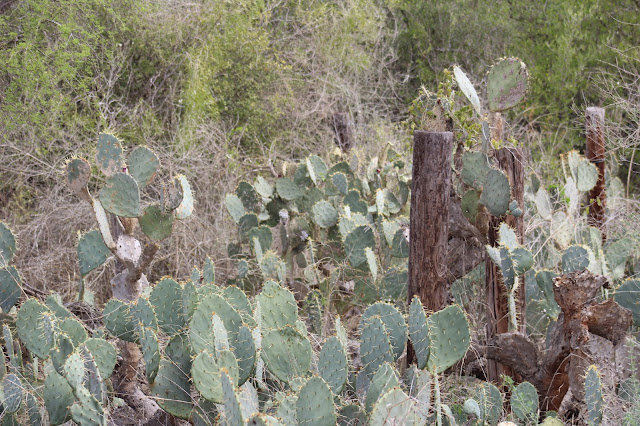


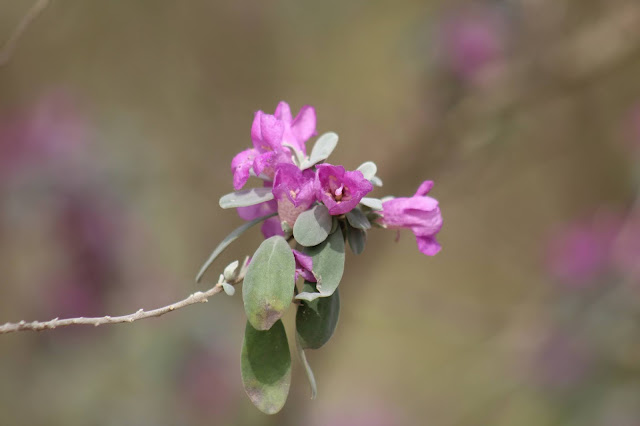
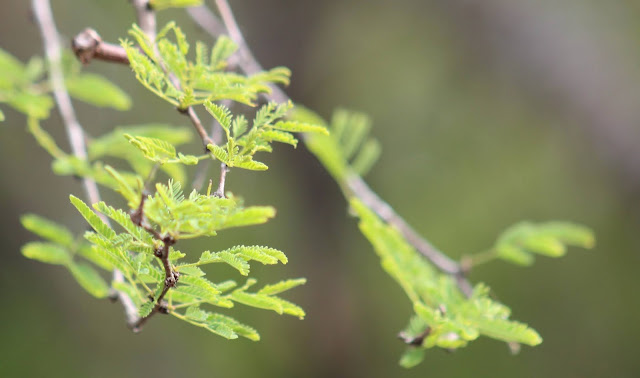

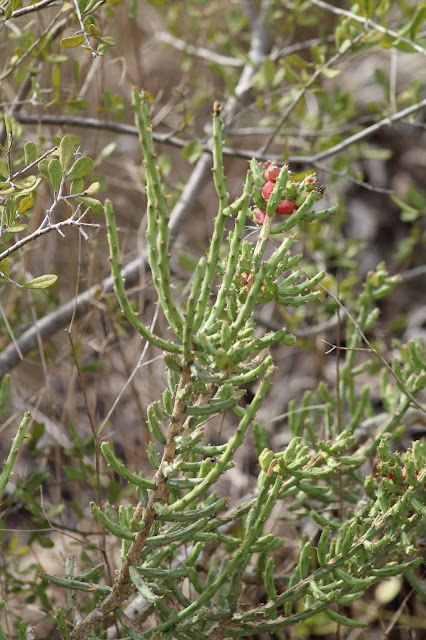
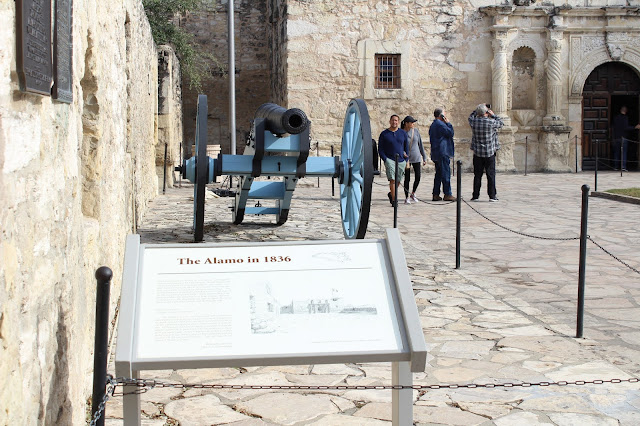

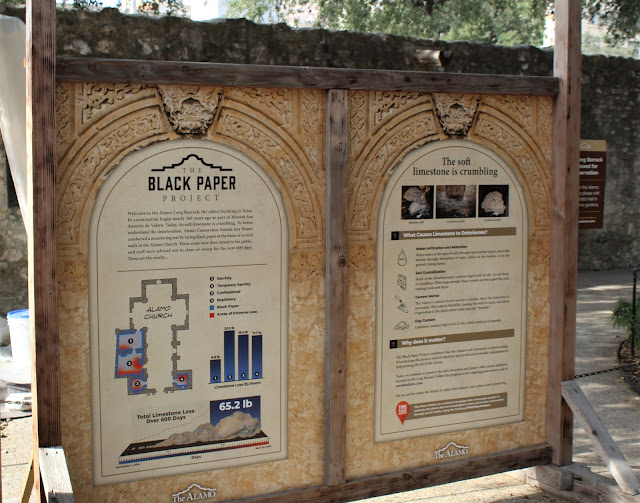
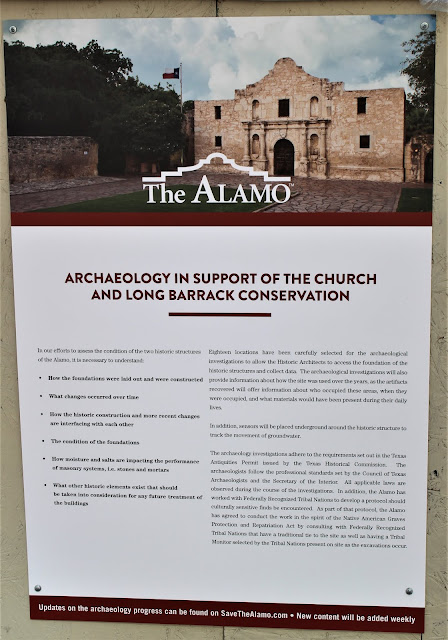
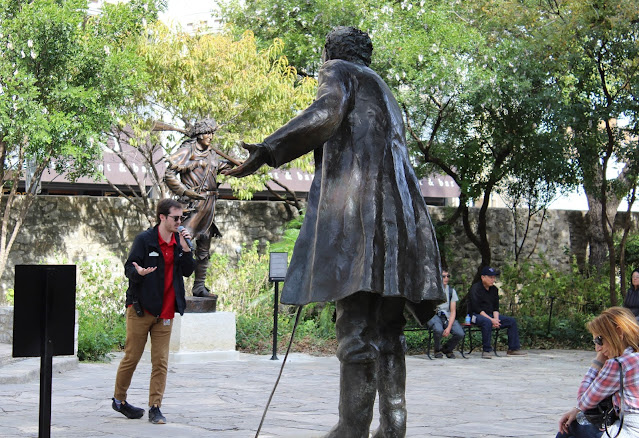
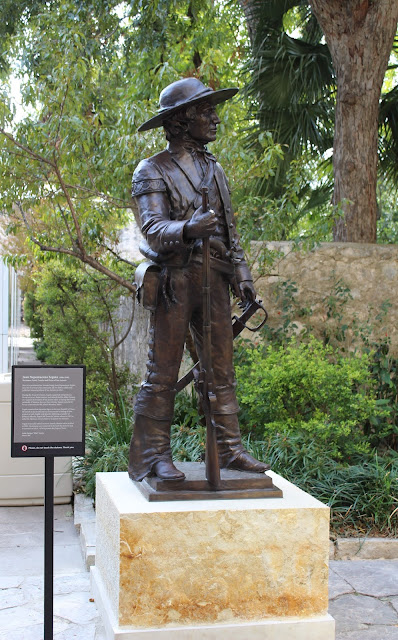



No comments:
Post a Comment